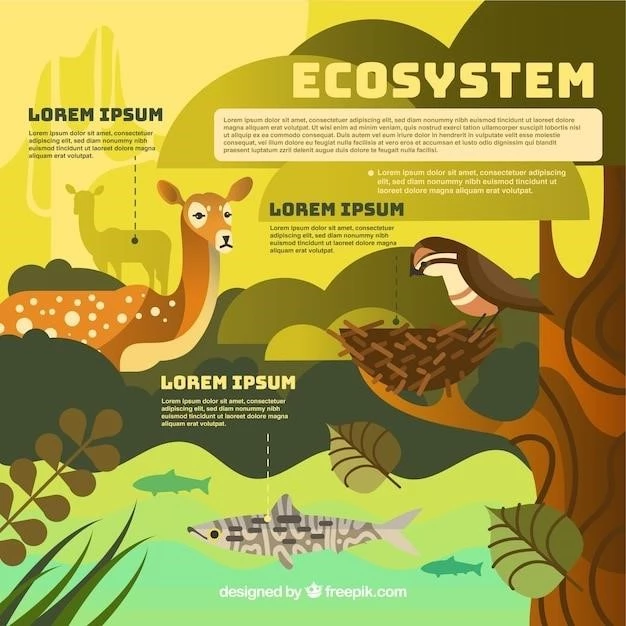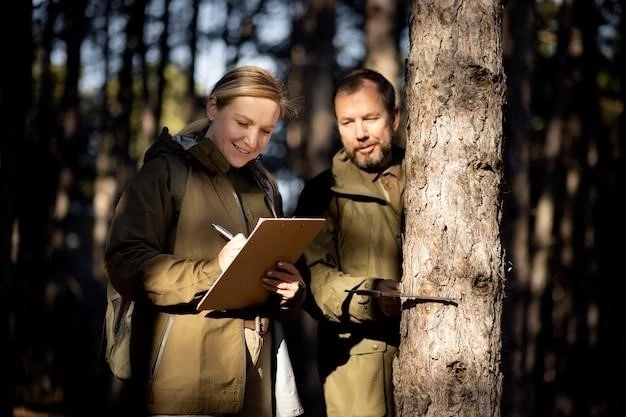As a nature enthusiast, I’ve always been drawn to the plight of endangered species. Their struggle for survival against the odds is a stark reminder of our impact on the planet. Recently, I delved deeper into the category of “Critically Endangered,” and the experience was both sobering and enlightening.

What Does “Critically Endangered” Really Mean?
The International Union for Conservation of Nature (IUCN) Red List is the gold standard for assessing the conservation status of species. It’s not simply a list; it’s a complex system that uses scientific data and criteria to categorize species based on their risk of extinction. “Critically Endangered” is the most urgent category before a species is declared extinct in the wild.
I learned that for a species to be classified as Critically Endangered, it must meet at least one of the following criteria:
- A population reduction of 80% or more over the last 10 years or three generations.
- A restricted geographic range where the species is exposed to threats like habitat loss or degradation.
- An extremely small population size (less than 250 mature individuals) that’s also declining.
These criteria paint a stark picture: Critically Endangered species are teetering on the brink. Their populations are dwindling, their habitats are vanishing, and their future hangs precariously in the balance.
My Encounter with the Amur Leopard
My journey into the world of critically endangered species became incredibly real when I volunteered at a wildlife sanctuary dedicated to the conservation of the Amur leopard. This magnificent cat, with its thick, luxurious coat, is one of the rarest big cats on Earth. Fewer than 100 individuals remain in the wild, scattered across the Russian Far East and northeastern China.
Seeing these elusive creatures in their natural habitat was an awe-inspiring experience. Their grace, their power, their very presence was a testament to the beauty and fragility of life. But it was also heartbreaking. The Amur leopard is a ghost of its former self, its numbers decimated by habitat loss, poaching, and human-wildlife conflict.
The Threats Are Real and Varied
My time at the sanctuary opened my eyes to the multitude of threats faced by critically endangered species. The Amur leopard’s story is tragically common. Habitat loss is a major driver of extinction, as forests are cleared for agriculture, development, and logging. Poaching, driven by the illegal wildlife trade, continues to push species towards the brink.
Climate change adds another layer of complexity, altering ecosystems and pushing species beyond their limits. For species already struggling to survive, these threats are often insurmountable.
Hope Springs from Conservation Efforts
Despite the dire situation, I left the sanctuary with a glimmer of hope. The dedication of the conservationists, researchers, and volunteers was truly inspiring. They work tirelessly to protect these animals, monitor their populations, restore their habitats, and educate local communities.
I learned that conservation efforts are making a difference. Anti-poaching patrols are disrupting illegal activities, habitat restoration projects are creating safe havens, and community outreach programs are fostering coexistence between people and wildlife.

What Can We Do?
The fight to save critically endangered species is a collective one. Here’s how we can all contribute:
1. Support Conservation Organizations:
Donate to or volunteer with organizations dedicated to protecting endangered species. Every bit helps.
2. Make Sustainable Choices:
Reduce your environmental footprint by choosing sustainable products, reducing your carbon emissions, and supporting companies with responsible environmental practices.
3. Educate Yourself and Others:
Learn about endangered species and the threats they face. Share your knowledge with others and raise awareness about the importance of conservation.
4. Be a Responsible Traveler:
If you travel to areas with endangered species, choose eco-friendly options, respect wildlife, and avoid activities that harm their habitats.
5. Support Legislation:
Advocate for stronger environmental laws and policies that protect endangered species and their habitats.
The future of critically endangered species hangs in the balance, but it’s not too late. By working together, we can make a difference and ensure that these magnificent creatures continue to grace our planet for generations to come.










